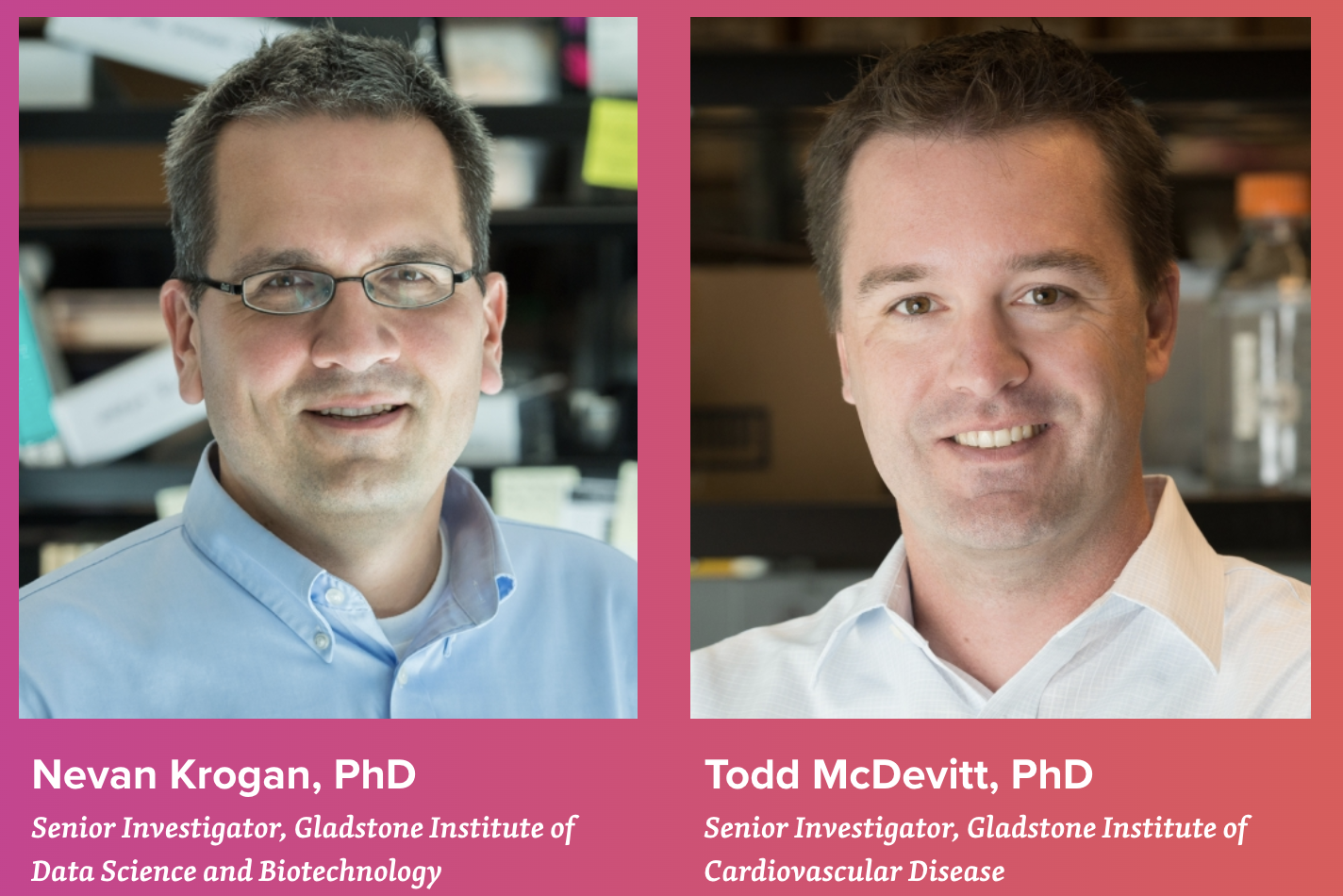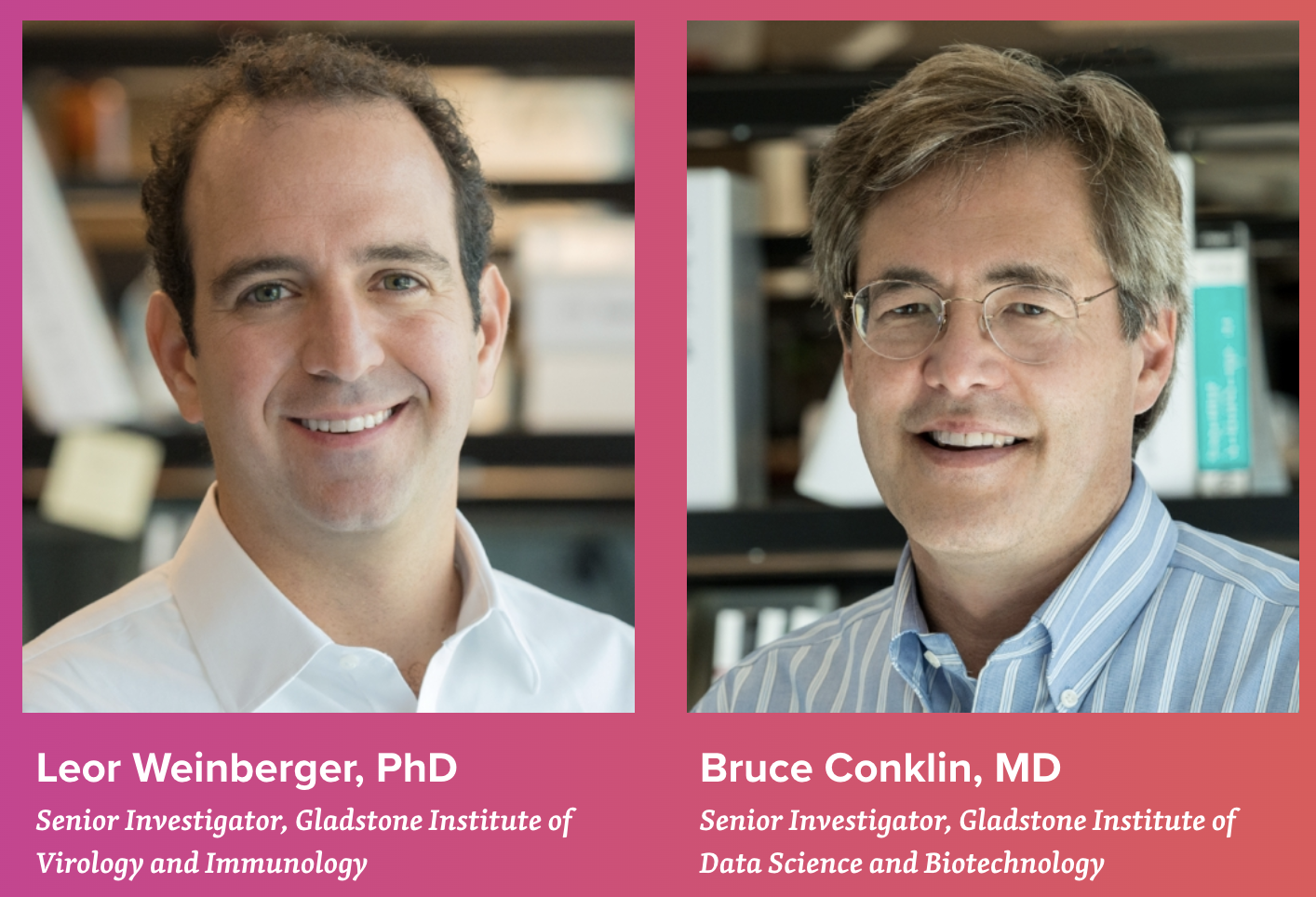In these uncertain times, we often look to our top scientists for answers as well as potential solutions. But where does one begin to try and solve a problem of this magnitude? The first logical step is building on the supplies currently available, the work already accomplished, and the knowledge acquired.
This is the approach that the Gladstone Institutes in San Francisco is taking. Various scientists at this institution have shifted their current operations towards helping with the current coronavirus pandemic. These efforts have focused on helping with diagnostics, treatment, and prevention of COVID-19.
Diagnostics
Dr. Jennifer Doudna and Dr. Melanie Ott are collaborating in order to develop an effective method to rapidly diagnose those with COVID-19. Dr. Doudna’s work has focused on CRISPR technology, which we have talked about in detail in a previous blog post, while Dr. Ott has focused on studying viruses. By combining their expertises, these two scientists hope to develop a diagnostic tool capable of delivering rapid results and usable in areas such as airports, ports of entry, and remote communities.
Treatment
Dr. Nevan Krogan has discovered all of the human host cell proteins that COVID-19 interacts with to hijack the cell’s machinery. These proteins serve as new targets for potential drug therapies.
Since the high fatality rate of the virus is driven by lung and heart failure, Dr. Ott, Dr. Bruce Conklin, and Dr. Todd McDevitt will test effects of the virus and potential drug therapies in human lung organoids and human heart cells, both developed from human stem cells.
Dr. Warner Greene, who also focuses on the study of viruses, is screening a variety of FDA-approved drugs to identify those that could be rapidly repurposed as a treatment for COVID-19 patients or even as a preventive for high risk-groups.
Prevention
Dr. Leor Weinberger has developed a new approach to fight the spread of viruses. It is called therapeutic interfering particles (TIPs) and could be an alternative to a vaccine. TIPs are defective virus fragments that mimic the virus but are not able to replicate. They combat the virus by hijacking the cell machinery to transform virus-infected cells into factories that produce TIPS, amplifying the effect of TIPs in stopping the spread of virus. TIPs targeting COVID-19 would transmit along the same paths as the virus itself, and thus provide protection to even the most vulnerable populations.
You can read more about these groundbreaking projects in the news release linked here.




Well done! I pray your company goes a long way into the future.